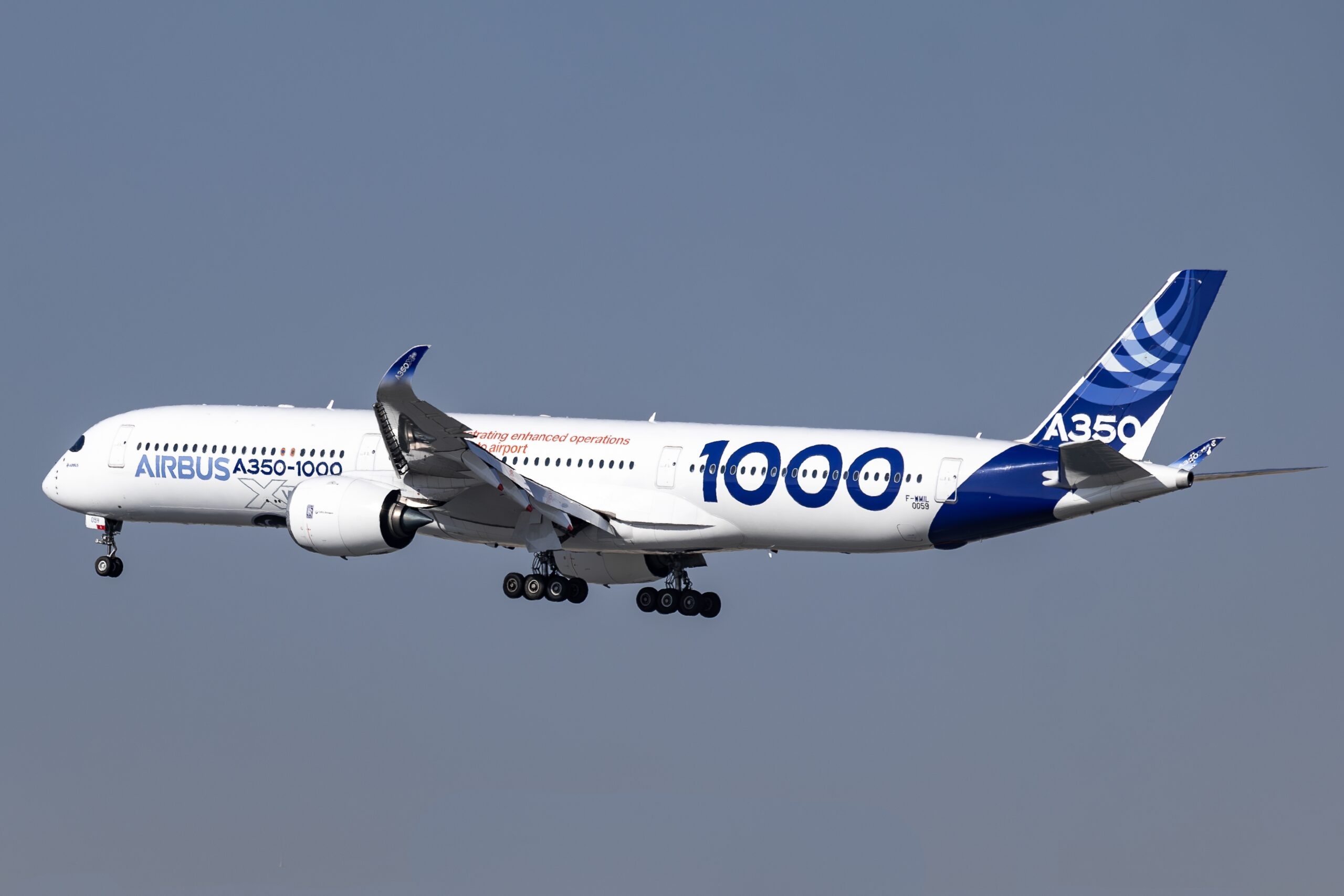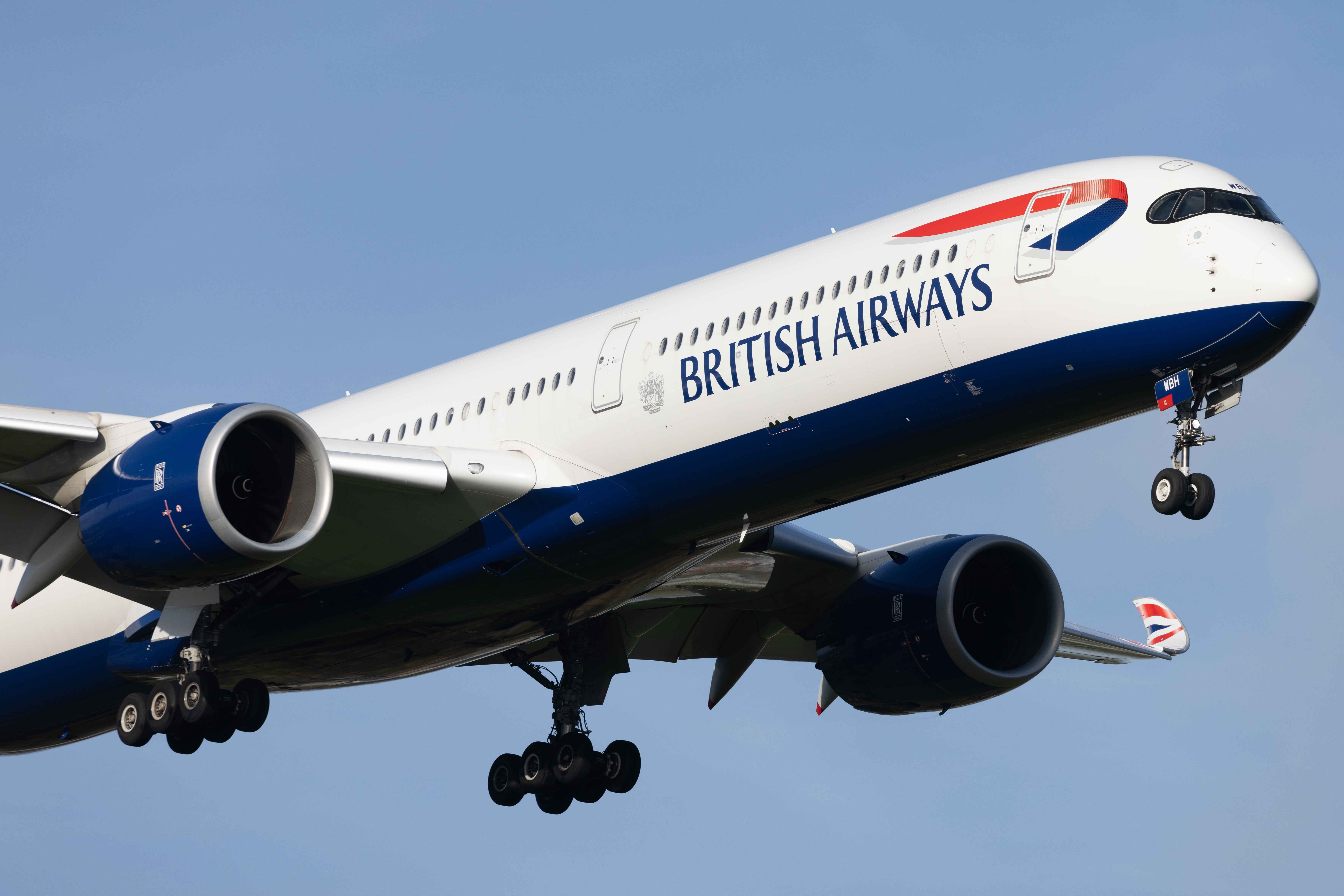Air Traffic Controller Application
The Air Traffic Controller Application Process
Becoming an air traffic controller involves a detailed application process. At the core, it’s all about ensuring safety in the skies. Understanding the steps can help you better prepare.
Initial Requirements
To apply, you need to meet specific criteria. These include:
- Being a U.S. citizen.
- Under 31 years at the time of the application.
- Passing a medical examination.
- Security and background checks.
Education and Experience
Various entry paths exist. Some require previous experience or specific education. A common route is through the Federal Aviation Administration (FAA)’s Air Traffic Collegiate Training Initiative (AT-CTI). This program partners with colleges offering degrees in aviation-related fields.
Alternatively, military experience in air traffic control can qualify you. Without aviation experience, you need at least three years of progressively responsible work experience. Advanced education usually qualifies as well.
AT-SA Exam
The Air Traffic Skills Assessment (AT-SA) exam is pivotal in the application process. This exam tests cognitive abilities and skills relevant to air traffic control. Practice tests and preparation guides are recommended to increase your chances of success.
Interview Process
Once you pass the exam, a panel interview follows. It typically includes situational and behavioral questions. Preparing for questions regarding handling stress and maintaining concentration can be beneficial. Demonstrating problem-solving abilities and communication skills is crucial to make a good impression.
Medical Examination
Successful candidates undergo a comprehensive medical examination. This includes vision, hearing, and overall physical health evaluations. Ensuring you’re in good health before starting the process can alleviate potential hurdles.
Security Clearance
The FAA conducts a thorough background investigation. This investigation looks into your criminal history, financial status, and previous employment. Maintaining a clean record and transparent history is essential for this stage.
Training
If you pass all preliminary steps, you proceed to the FAA Academy. Located in Oklahoma City, the academy provides intense training. Courses cover air traffic control principles, regulations, and simulation exercises. This program typically lasts several months. Commitment and dedication during this period are critical.
On-the-Job Training
Training doesn’t end at the academy. Graduates are assigned to facilities for on-the-job training. This stage can take a few years to complete, depending on the complexity of the facility. Mentorship plays a significant role here, where experienced controllers guide you.
Certification
Before becoming a fully-fledged air traffic controller, certification is required. This involves passing additional evaluations and proficiency checks. Continuous learning and adapting to industry advancements are ongoing expectations in this profession.
Career Progression
Career advancements include promotions to higher responsibility positions and specializations. Common paths lead to becoming a supervisor or manager. With experience, many controllers move into roles that influence policy and training.
Challenges Faced
Air traffic control is challenging. Controllers work in high-stress environments. They must stay alert during long shifts, often working night and weekend hours. Balancing work with personal life can be difficult but manageable with support and proper time management.
Rewarding Aspects
The job is highly rewarding for those passionate about aviation safety. Controllers play a crucial role in ensuring the safety of thousands of travelers daily. They also earn competitive salaries and benefits, contributing to its appeal.
Technology in Air Traffic Control
Advancements in technology continue to impact air traffic control. Modern radar systems, automation tools, and communication devices improve efficiency. Staying updated with technological trends is essential for all controllers.
Future Prospects
The demand for air traffic controllers remains strong. With increasing air travel, skilled controllers are pivotal to maintaining safety. This makes the field an attractive career choice for tech-savvy, detail-oriented individuals.
Tips for Aspiring Controllers
To succeed in the application process, start preparing early. Education in relevant fields and gaining experience through internships can be advantageous. Engaging in practice tests and staying physically fit are also recommended. Building a network within the aviation industry can provide valuable insights and opportunities.






